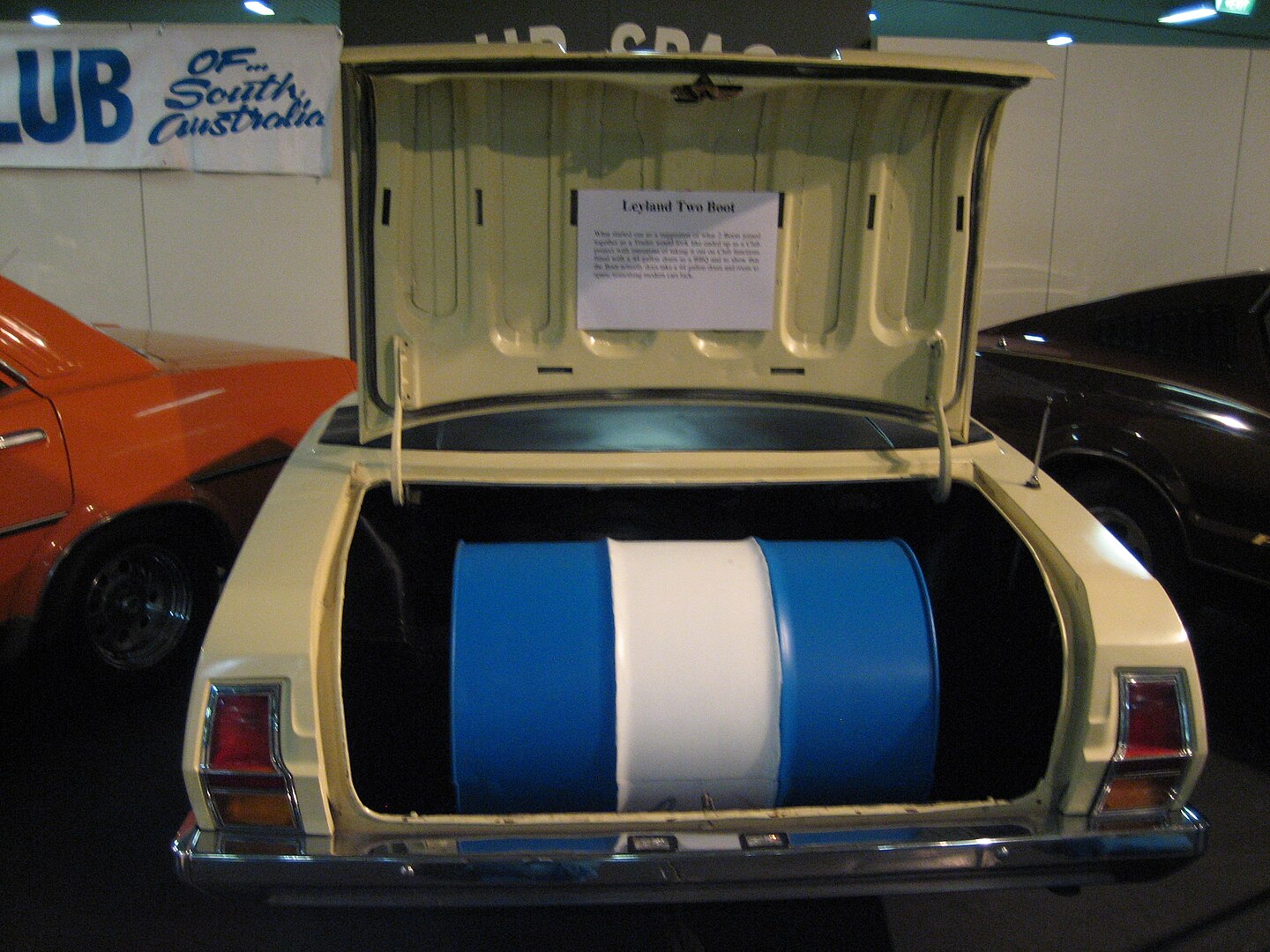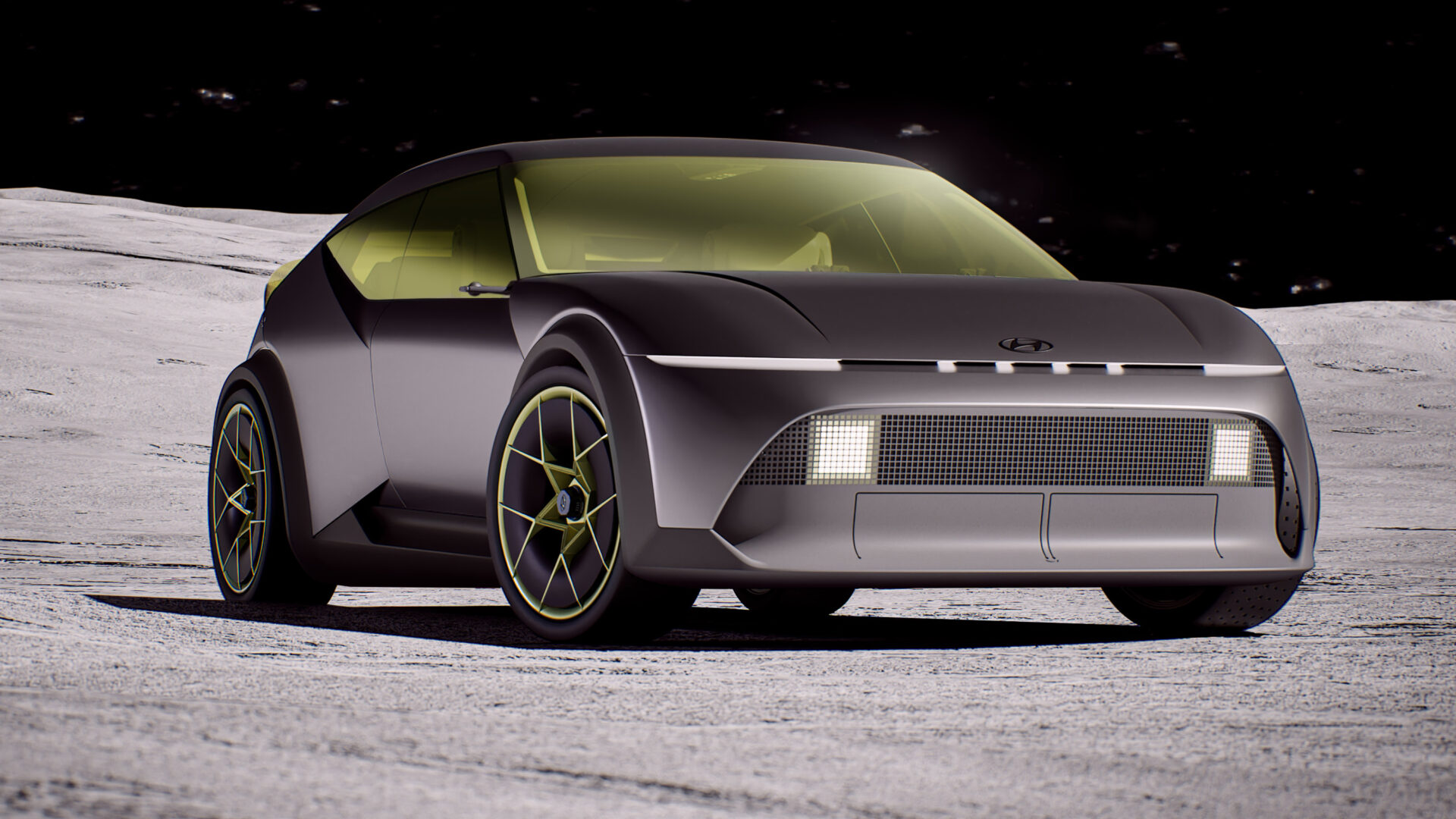Jaguar F-Type SVR
Jaguar’s F-Type SVR feels like it’s the end of a story fifty-odd years in the making. With the incredibly beauty of Ian Callum’s roadster crammed with go-faster goodness from Jaguar Land Rover’s SVO team, it feels like it’s full of 1950s Le Mans excitement.
The F-Type SVR is one of the fastest Jags ever put on the road and we had time on some fantastic winding roads to stretch its claws.
History
The F-Type arrived in 2013, based on the rather successful XK. The XK was also designed by Callum, fresh from Aston Martin and another arm of Ford’s Premier Automotive Group (PAG). PAG was bad news for any brand involved, with the possible exception of Volvo. The Blue Oval certainly brought in some great people to design the sheetmetal, but underneath wasn’t particularly premium, and buyers knew it.
Jaguar was also struggling with a line-up that was pastiche rather than homage. The XK was Callum’s first move to modernity, but looking back, it was clear he wanted more. The X-Type was a sales disaster, a Mondeo in daggy Jaggy clothes.
In 2007, Ford sold Jaguar. In the American giant’s hands, the company never made a profit and it was considered a bit of a basket case. India’s Tata took on Jaguar and Land Rover and the rest, if you know anything about cars, is history.
Within a year, the gorgeous new XF went on sale (that was obviously started under Ford), the XJ and then the F-Type.
Mythology
For many years, Jaguar traded on the glory of the E-Type. Enzo Ferrari famously called it the most beautiful car in the world. The other famous Jag, the Mk II, was also a favourite and so Jaguar kept trying to recapture that spirit.
The E-Type’s lustre was elusive, however. The XJS didn’t quite get there, the XK was more of a luxe-barge than a sports car and then, after years of false starts with concept cars that promised much but delivered little, 2012’s Goodwood Festival of Speed saw the debut of the new F-Type.
First available with a two supercharged engines – a V6 and a V8 – the F-Type was the complete package. In 2017, in an effort to broaden its appeal, four-cylinder turbocharged engines became available.
But just before that, Jag went the other way. In 2016 at the Geneva Motor Show, the F-Type SVR wowed the Geneva crowds before it even turned a wheel. It looked great, the F-Type R already sounded great and with a chunk of weight lopped out, it should go like the clappers.
Project 7

Jaguar Land Rover’s SVO operation’s work had mostly been with go-faster Range Rovers. The F-Type was ripe for a kick and the US market begged for a really fast version of the car. Based on the same aluminium chassis as the standard car, the skunkworks immediately went to work knocking weight out of the F-Type. The first fruits of that work was the super-limited run of the Project 7.
The name came from the classic D-Type racer and the car even included the single hump behind the driver’s seat. It was a short run of just 250 cars, selling in the UK for a whopping £130,000. With more power and a much more aggressive chassis tune, even Jaguar conceded owners would only do between 3000km and 4000km (2000-3000 miles) per year, some of those on track.
F-Type SVR

The Project 7 was wildly successful, so the SVR was the next logical step. With the charismatic supercharged V8, a more road-friendly suspension tune and seats that could fit a wider range of humans.
The SVR went on sale in 2017 and was an immediate smash hit. Inheriting bits of the Project 7 but without the massive price-tag, it’s a halo model for the road.
Supercharged V8 Engine
Jaguar’s supercharged V8 engine – as seen in the brilliant XF-R and XJ-R – isn’t the same as the F-Type R. For a start, it has more power and torque and a lot more noise.
A range of changes contributed to the power hike. Larger air intakes swallow more air, there’s a bigger charge-air cooler and a chunkier cooling system handles the extra heat.
Power is up to 423kW (575PS) and torque rises by 20Nm to a nice round 700Nm. The 0-100km/h (0-62mph) drops by nearly half a second to 3.7 seconds. With 19 fewer kilowatts (25PS), the R hits the same mark in 4.1 seconds.
The exhaust is largely responsible for the rise in noise and a big chunk of the weight loss. Weighing in 16kg (35lb) lighter than the R’s unit, it’s made of titanium and Inconel. Inconel is a alloy of nickel and iron, if you’re wondering.
The exhaust also includes a now very-common bi-modal system. Activated by switching to Race mode (or with a separate exhaust button on the console), the noise is obnoxious, anti-social and bloody brilliant.
F-Type SVR Chassis

Amazingly, not a lot has changed from the R AWD. The all-aluminium double wishbones stay, with a slightly softer front end and a stiffer rear, both five percentage points different. The eight-speed automatic transmission comes from ZF and I’ve never driven a car where it’s a dud. An automatic that shifts like this one is a rarity and it seems it can cope with enough torque to drag the Empire State Building to another neighbourhood.
As usual, the internet got itself into a lather about the all-wheel drive chassis. Most of the time, it’s rear-wheel drive. Rear-wheel drive is good. All-wheel drive in something like this, is better. With all that power and grunt, you want something to catch you if something goes wrong. Yes, it’s 1820kg (4004lb), and part of that is the extra gear to drive the front wheels. But as we discovered in the Aventador and Huracan, all-wheel drive, when done right, is good.
So in a heavy bruiser like this (it’s an easy 300kg heavier than it should be), all-wheel drive is perfectly fine. The active rear diff means that the fronts are a last resort.
Obviously with a more performance and sometime-trackday focussed buyer, tyres are an important factor. SVO fitted 20-inch lightweight alloys with 265/35s up front and 305/30s at the rear.
Driving

Jaguars are always something special. Even in the supercharged V6 (we haven’t driven the 2.0 turbo yet), the F-Type is really something. Everybody loves a Jag. The only car that pulled a bigger crowd than the F-Type was the BMW i8. People knocked on our front door for both of these cars asking about it (that’s fine), asking if they could have selfies (er…okay) and could I take them for a drive (uh, no).
If I did take them for a drive, they would have loved it. The convertible really is the must-have. I am normally a coupe guy, and I definitely prefer the F-Type in coupe form. But to get the coupe is rob yourself of the wonderful noise this car makes.
Stick it into Race and leave it there. It’s still perfectly fine around town in that mode, with plenty of aggression in the throttle and suspension but without ruining it. Even though we drove the car a long way from home base, it was wonderfully quiet and happy on the freeway with the roof up.
When we got to the good bit, though, the roof came down. Few things are as wonderful as cranking up the F-Type SVR under a canopy of trees on a nice sunny day. Dappled sunlight, the wind in your hair and oh, my goodness, a noise that sounds like it’s straight from Le Mans.
I found myself slowing down way too early before corners, speeding up again and then slowing down, just for the huge baritone sound. The belligerence of the exhaust is addictive.
Added to that, it’s an extremely handy thing even on bumpy, jumpy roads. We were able to fire down the lumpy tarmac without fear, the suspension soaking up the worst of the depressions and compressions with ease, letting me get on the with the job of braking, accelerating and steering.
The front end is amazingly agile despite the hefty number of kilos it lugs about behind it. It never feels like the front wheels are taking any drive, it takes a very heavy downpour before you feel anything.
The driving position is just right, with plenty of adjustment. It’s got a decent sound system and a user interface that’s getting there (after quite a few attempts). The cabin still looks great five years on, the only thing I don’t like being the off-centre steering wheel with the oversized airbag boss.
The SVR isn’t the best fast drop-top but it’s certainly one of the great performance cars when it comes to the overall experience. It’s a car that makes you feel good, makes you feel happy that you’re behind the wheel. Other people absolutely adore it, too, and begged me to take them for a ride. And I mean total strangers. My friends were suddenly not busy that weekend. If you owned one, there would always be somewhere to go…




















Leave a Reply